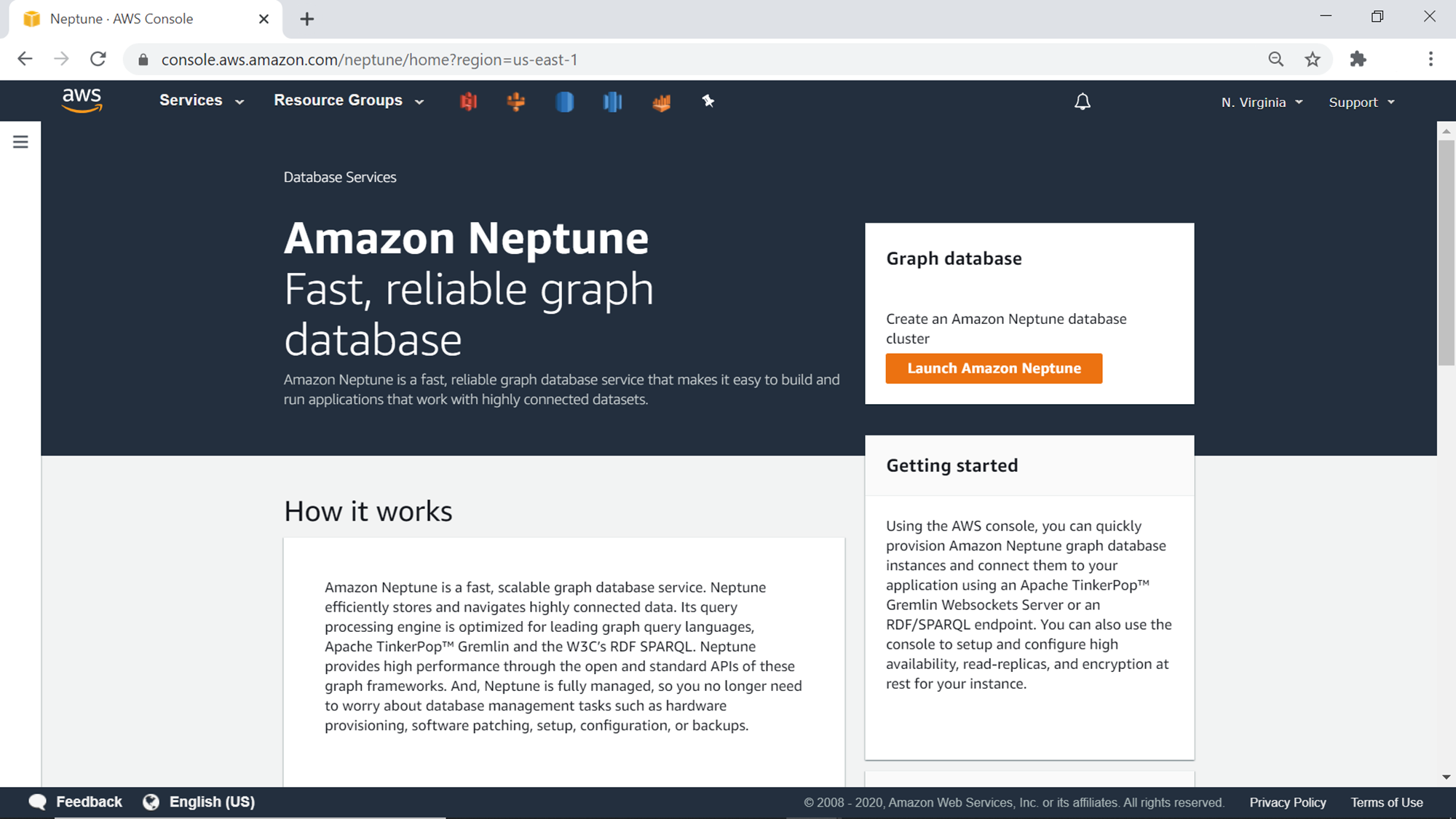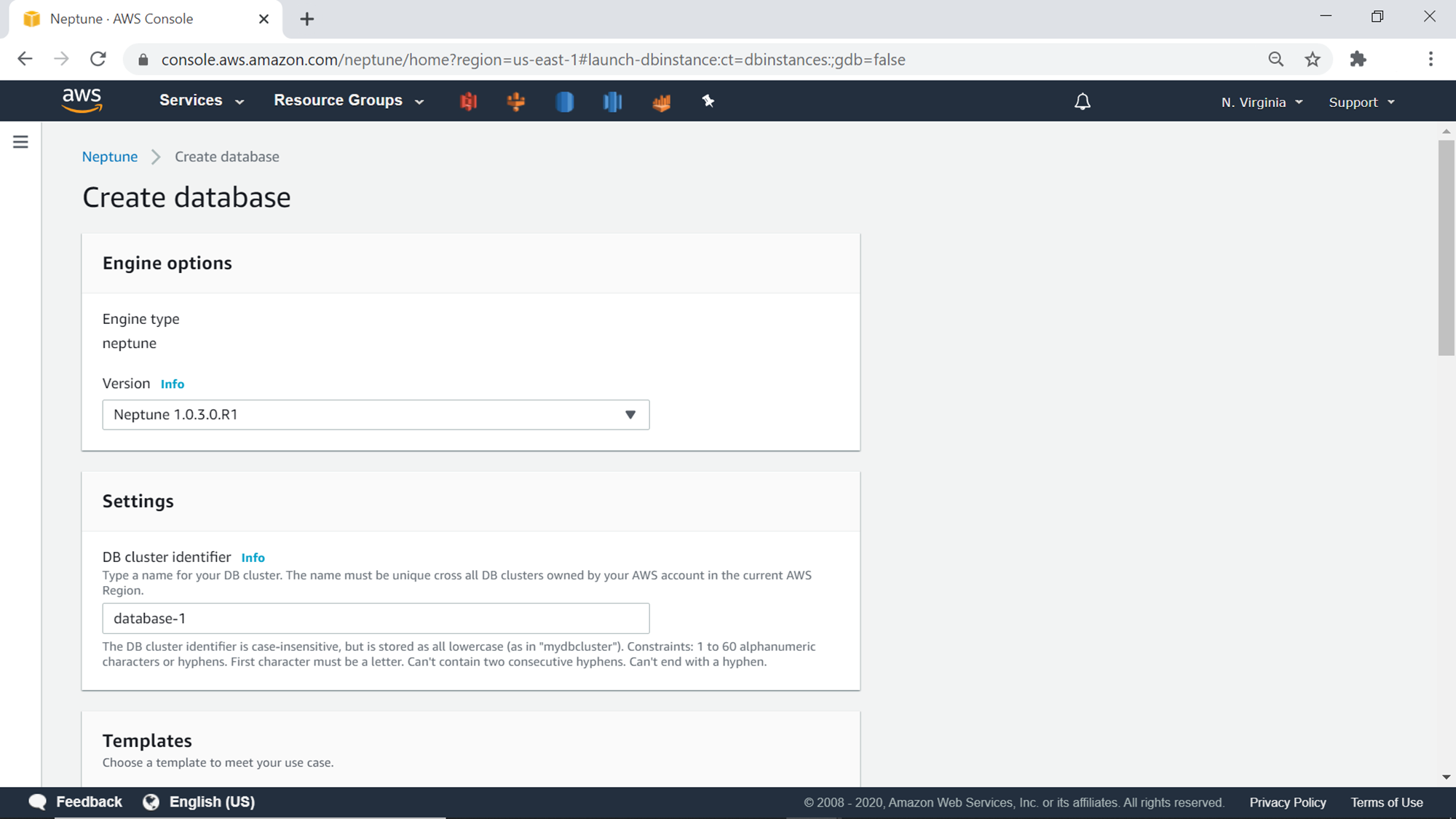This article provides a step by step explanation of how to work with AWS Neptune Graph database. We will understand the basic concept and use-case of graph databases and then create a graph database instance as well as access it with Jupyter notebooks.
Introduction to Graph Databases
A graph database is a specialized type of NoSQL database that stores data in the form of nodes (vertex) and relationships (edges). Graph database models are majorly of two types – Labeled Property Graph (LPG) and Resource Description Framework (RDF). These models are queried using the Gremlin and SPARQL query languages. Graph databases are generally used when the value in the complexity of relationships between data is extremely complex and of maximum value. AWS provides a graph database service in the form of a managed service named AWS Neptune that supports LPG as well as RDF models, and Gremlin as well as SPARQL query languages. In this article, we will learn how to create an Amazon Neptune database instance and access it with the Jupyter Notebook instance connected to it.
AWS Neptune Database Setup
It is assumed that an AWS account is already in place and one has required privileges on AWS Neptune. Log on to the AWS Console and type Neptune. A menu item will appear in the search result, click on it and that would navigate to Neptune home page as shown below.

Click on Launch Amazon Neptune button to initiate the creation of the Neptune graph database. Shown below is how the database creation wizard would look. The first step is to select the engine version. The default value is the latest version of the database engine. The next step is to provide the database cluster identifier. Provide a suitable identifier for the database.
The next setting is to select the template. For this exercise, we can select the development and testing option as it will result in default settings suitable for a lower non-production environment. The database instance size selected by default is db.t3.medium, which is good enough for this exercise.
#aws #amazon web services

